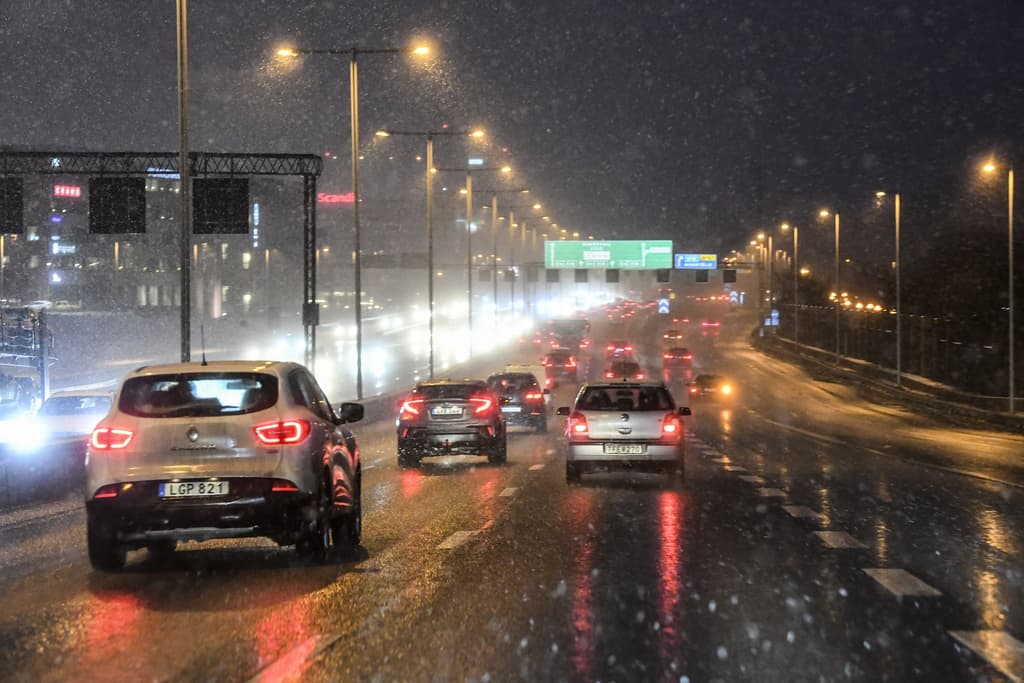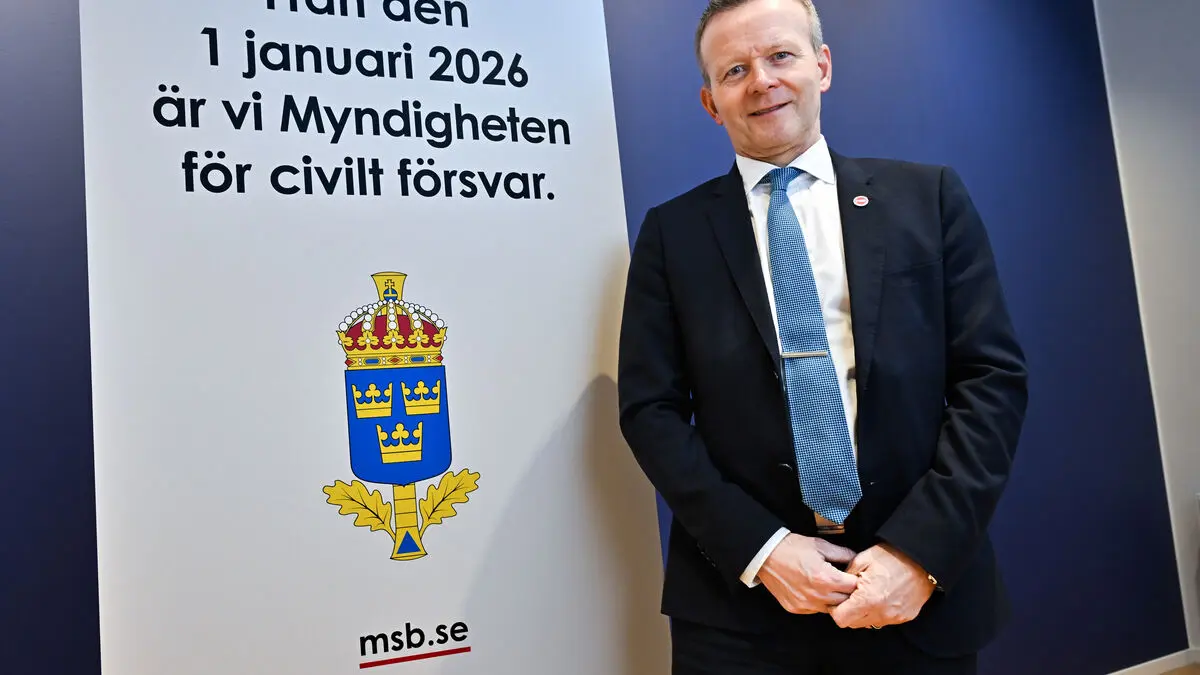By increasing the reduction obligation from 6 to 10 percent, Sweden will meet the EU's climate goals by 2030 – despite lower taxes on fuel, according to the government. This is being questioned by the 2030 secretariat, which is working towards a fossil-free transport sector.
We cannot see how this will work. It is not enough to meet our own climate goals or the EU's climate requirements. The low level chosen means that the emissions gap, compared to previous plans, increases, says CEO Mattias Goldmann.
"Unpleasant"
The proposal means emission reductions of 2.5 million tons by 2030, according to the government. However, the previous reduction of the reduction obligation increased emissions by around 5.2 million tons this year and 6.7 million tons in 2026, compared to previously decided levels, according to Goldmann.
This is two steps forward and a big step backward. It feels unpleasant and outdated that Sweden, towards the rest of the world, should profile itself as having the cheapest fossil fuels.
According to the Environmental Protection Agency's underlying data for the government's climate report, from April, there was a shortfall of at least 6 million tons to meet Sweden's EU goal of 50 percent emission reduction by 2030.
This proposal does not weigh up to being able to meet the EU's climate goals. Especially not if the price is not going to increase, as much of the electrification depends on fossil fuels becoming more expensive compared to the cleaner alternative, says Naghmeh Nasiritousi, researcher at the Institute of Foreign Policy and Linköping University.
Not effective
Nasiritousi sees the proposal as an attempt by the Liberals to appear as taking action.
But I think the Sweden Democrats have described it more correctly: that it is mostly a "number exercise" and not an effective climate measure.
Liv Lundberg, who researches the reduction obligation at Rise, also believes that a reduction obligation of 10 percent is not enough to meet the climate goals.
There are reports from the Environmental Protection Agency and the Energy Agency that show that a significantly higher reduction obligation is required to meet the climate goals by 2030, even with extensive electrification.
She also comments that the new proposal means that fuel suppliers will be able to include electricity from public charging stations in their emission reductions:
If you can credit yourself with electric charging from public charging stations, it risks reducing the amount of biofuels that need to be blended into gasoline and diesel, which can lead to smaller emission reductions.





